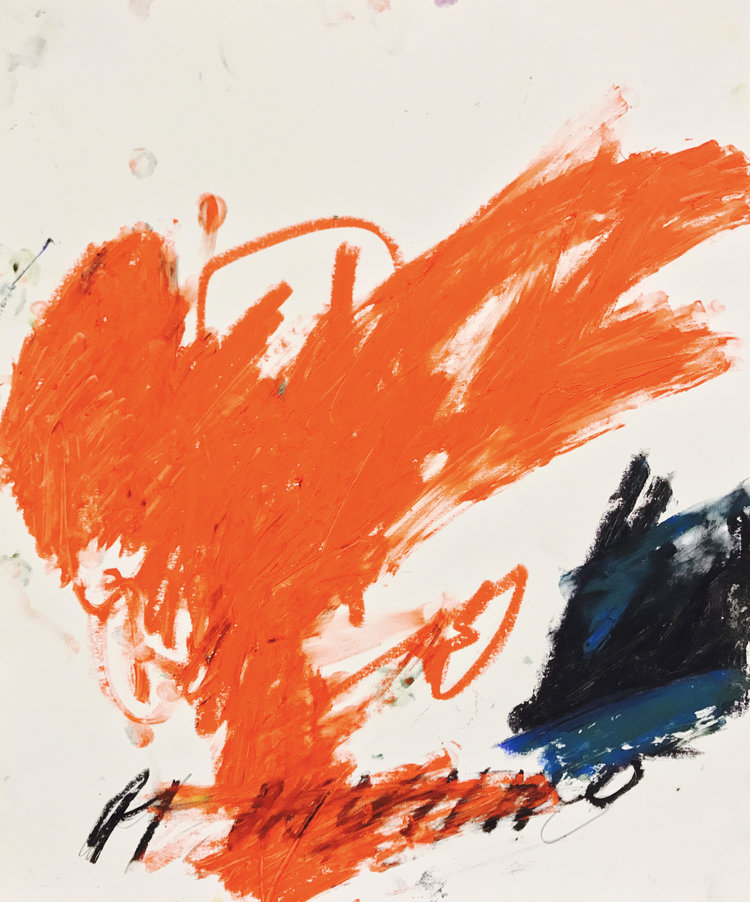Earlier this year Byron Fredericks presented his second solo exhibition; ‘Dala what you must’, at 666 Broadway in Brooklyn, New York. Dala is a relatively new South African slang word meaning “to do” or “do”— more appropriately applied as “you do you”.
Based on the title, the show takes on two meanings; the call for one to take action deriving from a decision, mood or attitude and simultaneously references the idea of directness, as in “don’t beat around the bush”.
Byron Fredericks is a Cape Town-born visual artist who earned his BFA from The Pratt Institute in New York, where he is currently based. His practice sees him using colour and mark-making to investigate ideas around identity and socio-political issues. Drawing on his own experiences as a “coloured” man growing up in South Africa he interweaves the Cape Coloured dialect into his work.

Fredericks’ work pushes past the traditional borders of painting — actively ripping apart the partition between painting and drawing while inserting text to drive the point home. The works take on the character of hushed activism; activism that is subdued and requires engagement and questioning from the viewer.
The surface of Fredericks’ work does not instantaneously reflect the complexity that lies beneath it. His work moves away from the literal, figurative style as a representation of the political. Flat planes of colour, very simple text and their inter-relationships are favoured over expressive and formalist approaches. He reveals his thoughts by engaging with materials and exploring their properties, and yet remains unbound by these materials. For an international audience, his work is an intriguing gateway through which to engage with political and socio-political narratives within a South African context. Titles such as ‘Gesuip‘, ‘Gympie‘, ‘Jika Zuma‘ and ‘Aikona, Buti‘ can be more effortlessly understood by a South African audience.
Fredericks covers large areas of the canvas with paint and sometimes uses none at all; as with Tall Rich White Dudes (2017) and Die Voice (2018). His paintings are dynamic and versatile, with a wide range of textures and densities. Densities in this sense refer to his layering technique that establishes both a foreground and background to his work. He attributes this to his “loose painting and aggressive mark-making technique composed with texture in mind”. Fredericks is carving out a new visual language for himself. “It’s funny you say that because it’s been my way of proactively figuring out my visual language, which will be even more refined in this new series I’m working on,” he adds.
Through his work, Fredericks is leaving marks and moments of himself everywhere. This positions his own story relative to colour. The surface is buttery and smooth and blends onto the canvas — pinks, blues, blacks and whites are embraced equally. His work succeeds in achieving aesthetic value while arousing our curiosities and challenging our perceptions. What seems fundamentally uncomplicated at first glance, becomes extremely multifaceted.






